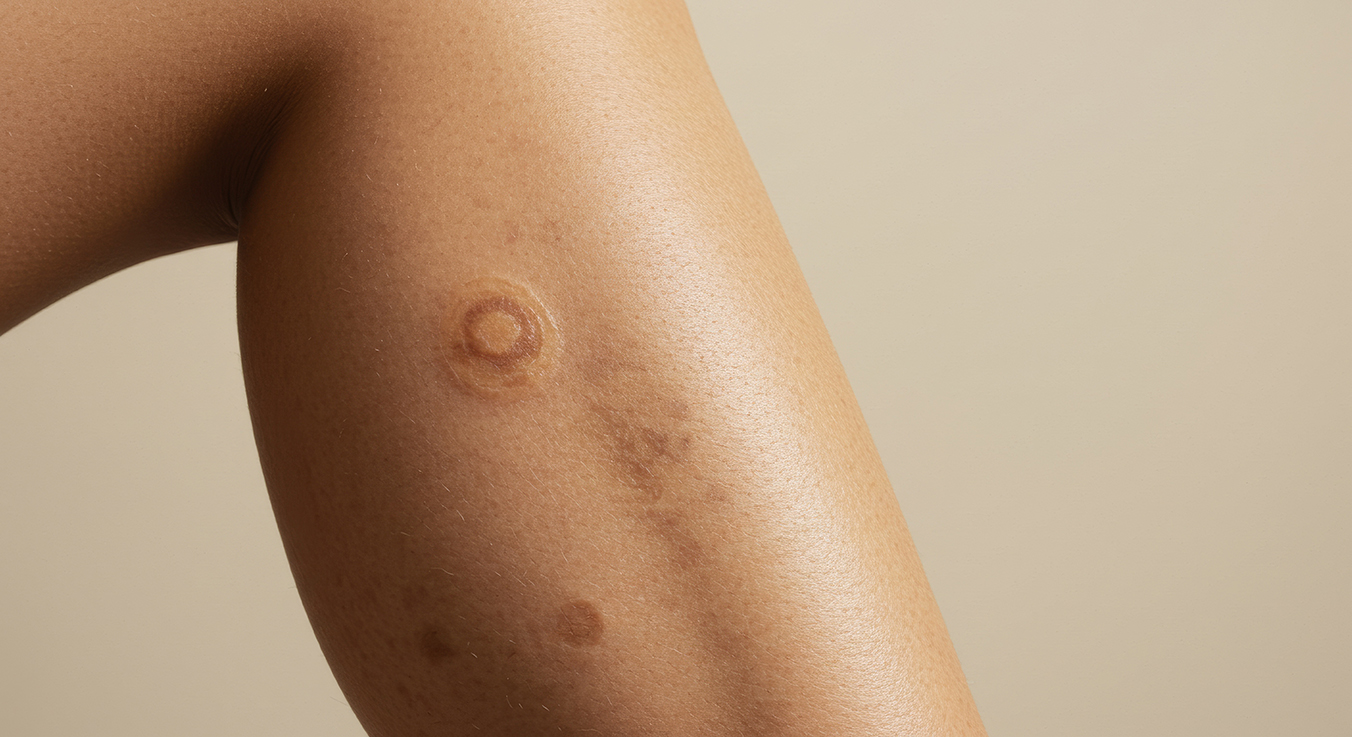- Chris Comans
- 0 Comments
When we think about skin cancer, the image that usually comes to mind is someone who’s spent years in the harsh Australian sun. But not every case fits that story. Some skin cancers develop because of toxic exposures, chronic injury, or inherited conditions that quietly change the way our skin behaves.
These causes are rare, but they matter — because recognising them early can save lives.
Toxins and Chemical Exposures
Before modern safety standards, people working in agriculture, mining, or manufacturing were often exposed to arsenic, once used in pesticides, timber preservatives, and even early medicines. Long-term exposure can lead to multiple small, scaly cancers on the palms, soles, and trunk decades later.
Another example is polycyclic aromatic hydrocarbons (PAHs) — chemicals found in coal tar, soot, and industrial lubricants. Workers exposed to these substances historically developed skin cancers on covered areas like the thighs or scrotum, where contaminated clothing trapped residues.
Even today, chemical carcinogens remain a risk in certain workplaces. Hairdressers, fuel attendants, and laboratory staff may be exposed to agents that irritate or mutate skin cells. While regulations have reduced this dramatically, awareness and protective gear remain key.
Radiation and Skin Damage That Lingers
We usually think of radiation in medical terms — X-rays, CT scans, or cancer radiotherapy. But radiation can also harm the skin in subtle ways that show up years later.
- Ionising radiation, such as previous radiotherapy for acne or breast cancer, can cause later-onset basal or squamous cell carcinomas within the treated field.
- Chronic low-dose exposure, seen in radiology technicians before strict shielding rules, has also been linked to increased risk.
- The skin that once received radiation becomes thinner, less elastic, and slower to heal — a perfect storm for abnormal cells to take hold.
Patients who’ve had radiotherapy should have those areas checked regularly, especially if they notice any new thickening, crusting, or ulceration.
When Old Scars Turn Dangerous
Few people realise that a scar can develop cancer decades after it first formed.
This phenomenon is known as a Marjolin ulcer — a squamous cell carcinoma arising in old burn scars, chronic ulcers, or long-standing wounds.
These cancers tend to grow quietly beneath scar tissue, making them difficult to spot until they’re advanced. Warning signs include:
- A scar that begins to ulcerate, ooze, or bleed
- A lump developing under a healed burn or graft
- A chronic wound that resists treatment despite good care
They’re uncommon but notably aggressive, so any scar or ulcer that changes should be examined without delay.
Inherited Syndromes and DNA Repair Disorders
For some individuals, the risk of skin cancer begins in their genes rather than in their environment.
Basal Cell Naevus (Gorlin) Syndrome
Caused by a mutation in the PTCH1 gene, this condition leads to the early appearance of dozens — sometimes hundreds — of basal cell carcinomas. They can occur on both sun-exposed and covered skin, often starting in adolescence.
Xeroderma Pigmentosum (XP)
In this rare disorder, the skin lacks the ability to repair even small amounts of DNA damage. People with XP can develop freckles, pigment changes, and multiple cancers from minimal exposure.
Muir–Torre Syndrome
Linked to defects in DNA mismatch repair genes, this syndrome combines internal cancers (such as bowel or endometrial) with sebaceous gland tumours on the skin.
While uncommon, these genetic conditions highlight how crucial DNA repair is to our long-term skin health — and why family history matters.
Recognising the Unexpected
Non-sun-related cancers often appear where we least expect them: on the soles, under nails, in scars, or beneath clothing. It’s easy to overlook something that doesn’t match the “sun damage” pattern.
Key warning signs include:
- A persistent sore or scab that doesn’t heal
- Thickening or crusting on an old scar
- A new growth on previously irradiated or injured skin
- Multiple small lesions developing without clear cause
Awareness for Every Body
For clinicians and patients alike, the message is clear: sun protection is essential — but it’s not the whole story.
Environmental chemicals, radiation, chronic injury, and genetic predisposition can all contribute to skin cancer in ways we don’t always see coming.
Regular full-body skin checks — including scars, soles, and covered areas — are the most effective way to catch these rare cancers early. In our Skin ChX clinics, we’ve diagnosed skin cancers on shins, underarms, and even eyelid skin — places most people never think to examine.
If you’ve ever had radiotherapy, chronic ulcers, extensive scarring, or worked with industrial chemicals, book a comprehensive skin check. Because knowing the hidden triggers isn’t about fear — it’s about empowerment.
Every early detection is a life quietly protected.
